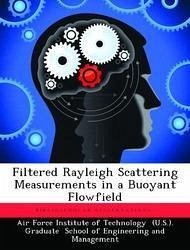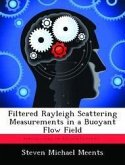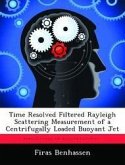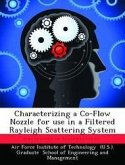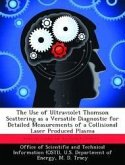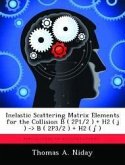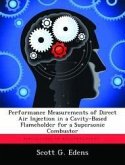Filtered Rayleigh Scattering (FRS) is a non-intrusive technique for studying flowfields. It utilizes a narrow linewidth laser, an absorption filter, and a detector. Molecular scattering provides the signal to the camera, and the difference in molecular cross section can be used to discriminate between unmixed gaseous components. The focus of this research is to document the behavior of a horizontal buoyant jet using FRS. A helium jet of precisely controlled mass flow rate is injected into a standard room temperature environment, and FRS provides the means to measure its core trajectory and mixing rate. Trajectory analysis, conducted with consideration of the Reynolds number and Grashof number, can be used to compare these results to the literature. A significant portion of the study was dedicated to measuring the rate at which FRS data can be acquired with a continuous wave laser. Additionally, mixing patterns for the buoyant jet were collected and indicate that core low-density fluid is expelled into the ambient region in a striking manner under certain conditions. Although such an expulsion of core low-density fluid has been noted in the literature, it has generally been associated only with an upward direction. This was observed at a Reynolds number of 238. However, at a Reynolds number of 667, the jet appears to take on features of jets subjected to an exaggerated form of helical mode excitation. The physics behind this phenomena requires additional study.
Hinweis: Dieser Artikel kann nur an eine deutsche Lieferadresse ausgeliefert werden.
Hinweis: Dieser Artikel kann nur an eine deutsche Lieferadresse ausgeliefert werden.

